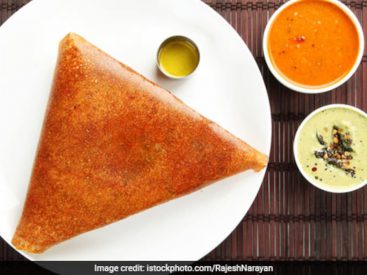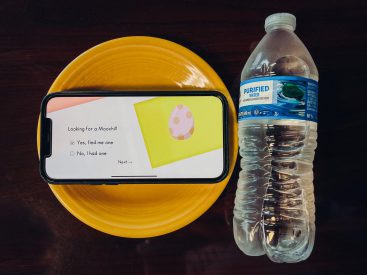The Three Sisters are corn, beans, and squash. — Mollie Doyle Juli and Emily’s Three Sisters Salad. — Mollie Doyle I’m very late to the podcast party. It was only this summer that I discovered the delight of the form. During these less-traveled Covid times, it was wonderful to […]
Delicious!
Delicious!



